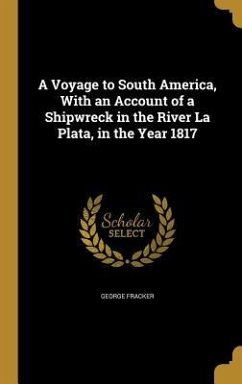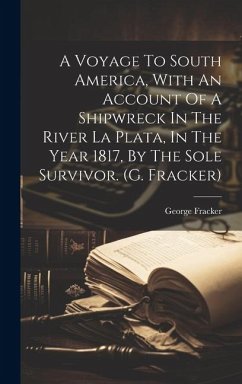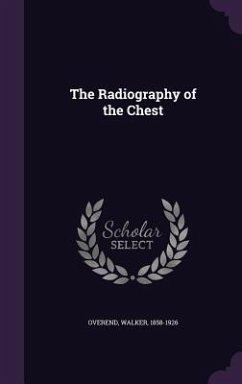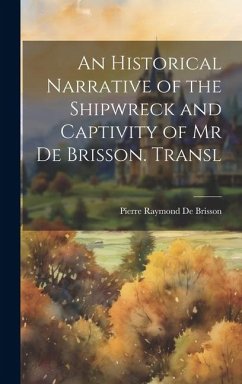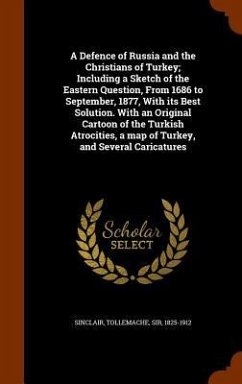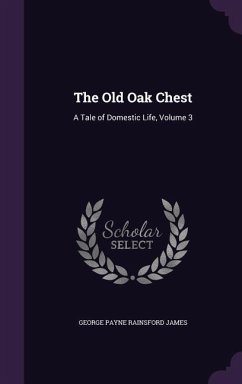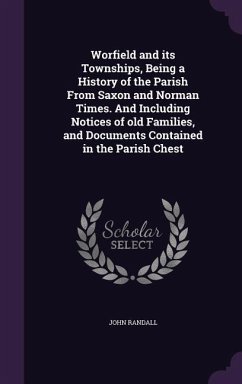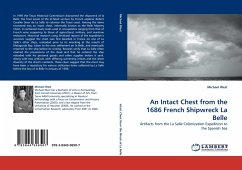
An Intact Chest from the 1686 French Shipwreck La Belle
Artifacts from the La Salle Colonization Expedition to the Spanish Sea
Versandkostenfrei!
Versandfertig in 6-10 Tagen
52,99 €
inkl. MwSt.

PAYBACK Punkte
26 °P sammeln!
In 1995 the Texas Historical Commission discovered the shipwreck of la Belle, the final vessel of the ill-fated venture by French explorer Robert Cavalier Sieur de La Salle to colonize the Texas coast. Among the items recovered was an intact chest, informally known as the Belle Mystery Chest. It contained many tools used in occupations ranging from that of French wine coopering to those of agricultural, military, and maritime endeavors. Historical research using firsthand reports of the expedition's survivors suggest the chest was first boarded in France on one of La Salle's other ships, unloa...
In 1995 the Texas Historical Commission discovered the shipwreck of la Belle, the final vessel of the ill-fated venture by French explorer Robert Cavalier Sieur de La Salle to colonize the Texas coast. Among the items recovered was an intact chest, informally known as the Belle Mystery Chest. It contained many tools used in occupations ranging from that of French wine coopering to those of agricultural, military, and maritime endeavors. Historical research using firsthand reports of the expedition's survivors suggest the chest was first boarded in France on one of La Salle's other ships, unloaded prior to its wrecking at the mouth of Matagorda Bay, taken to the new settlement on la Belle, and eventually returned to the ship before its sinking. Records verify that La Salle often claimed the possessions of the dead and that he ordered the ship reloaded with his personal goods and other supplies before it sank. Along with two artifacts with differing ownership initials and the sheerdiversity of the chest's contents, these clues suggest that the chest may have been a repository for various utilitarian items collected by La Salle before the loss of la Belle in January of 1686.




